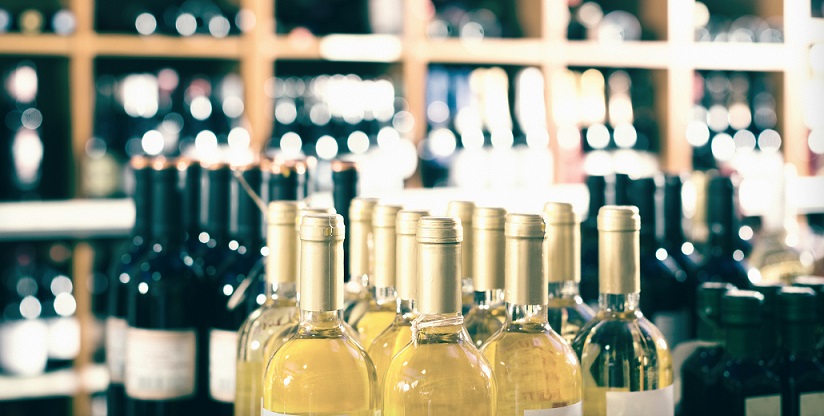Prudence and safety. These are the two main keys that we recommended in the previous post of this space to present ourselves this Christmas, if not as experts, at least as wine connoisseurs. The well-known blog ‘El comidista’ (The foodie) In a tasting for amateurs, he “placed” a wine of one euro per liter and in most cases it was as good as the rest, so we insist on prudence, but also on security when we say things, because the wine and the sensations it produces are absolutely subjective. Let’s go now to a second part, more related to substance than to form, with concepts that will help us to “maintain” our status as good wine lovers.
Types of wine: we are not going to go crazy, but the first classification of wines is by color: red, white, rosé and claret. However, it is not only the color of the grapes that defines the types of wine. The types of winemaking are distinguished by the length of time the skins remain in contact with the must. In the case of red wine, the skins are left in contact with the must and in the case of white wine, they are separated. In this sense, red wines can be made with white grapes (called blanc de noir) and there are also red wines that incorporate white grapes in a percentage of 10 or 15% (for example, the traditional carbonic macerations of Rioja). The elaboration of a claret is similar to that of a red wine, while that of a rosé has more to do with a white wine.
Grape Varieties
There are thousands all over the world, but in Spain the dominant one is Tempranillo. It is cultivated practically all over the country, with different synonyms (Tinta de Toro in Zamora, Tinta del País in Ribera del Duero, Cencibel in La Mancha or Extremadura…) Other very important varieties are Bobal (Levante) and Garnacha, also widespread throughout the country. In white wines, Airén (La Mancha) dominates by surface area, but Viura or Macabeo, Albariño and Verdejo are also very important (in both cases they are not appellations of origin, but the dominant grapes of Rías Baixas and Rueda). Internationally, Cabernet Sauvignon and Merlot are the most widespread reds worldwide, while the French Chardonnay and Sauvignon Blanc also dominate the white wines.
Wine-growing areas: in practically the whole of the Old World (Europe), wine-growing areas are grouped around protected designations of origin (PDO). In Spain, the best known are Rioja and Ribera del Duero, for reds, and Rueda and Rías Baixas, for whites. However, Rioja also produces whites (in recent years in a clearly growing market). Priorat, Bierzo, Toro… are other very important winegrowing areas that are worth paying attention to in a conversation. In France, the PDOs are known as apellations des vins. Bordeaux and Burgundy are the best known. While in Italy it would be Chianti and Barolo, but beware, the production of great wines does not end in the Old World (
https://www.vinetur.com/2016033023263/diferencias-entre-los-vinos-del-nuevo-mundo-y-del-viejo-mundo.html
). Countries such as the United States, New Zealand, South Africa, Australia, Chile and Argentina, to name a few, have demonstrated that they are capable of producing some of the best wines in the world.
The vintage: it is important for a wine, but relatively. It is essential for estate wines, such as those produced by Familia Martínez Bujanda in Rioja with Finca Valpiedra, in Rueda, with Finca Montepedroso, or in La Mancha, with Finca Antigua. However, the regulations allow blending percentages of up to 15% of wines from other vintages without indicating it on the label. There are myths, such as the 1970 vintage of Rioja, which was “inexhaustible” for the simple reason that there was no vintage control until the 1980s and that vintage achieved great fame and demand. This could not happen nowadays, but in general terms I would relativize the concept of vintage when it is not a winery that respects it and works with estate wines.
Estate and plot wines: in recent years, the Spanish wine sector has been moving in the direction of greater specificity and identification of origins. When we speak of an estate wine, it is defined by its own microclimate and a characteristic soil, although, to be even more specific, the terroir, the terroir, defines the plot wines. At Finca Antigua, owned by Familia Martínez Bujanda, all the wines produced by the winery are estate wines, but only one, Clavis, is from a single plot.




